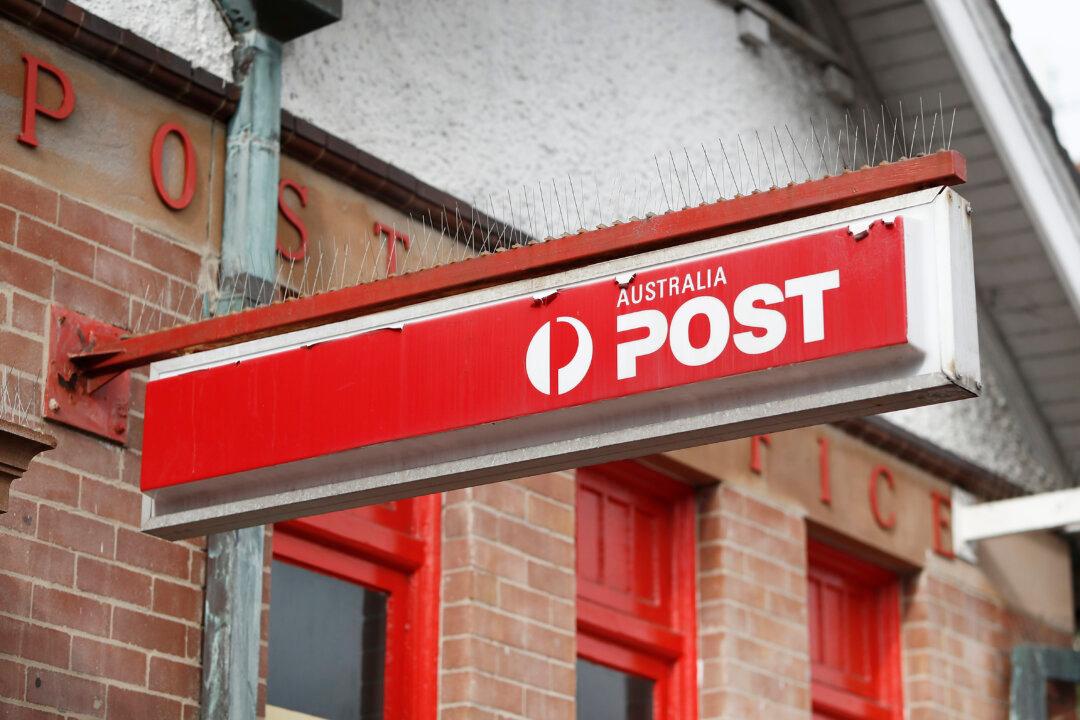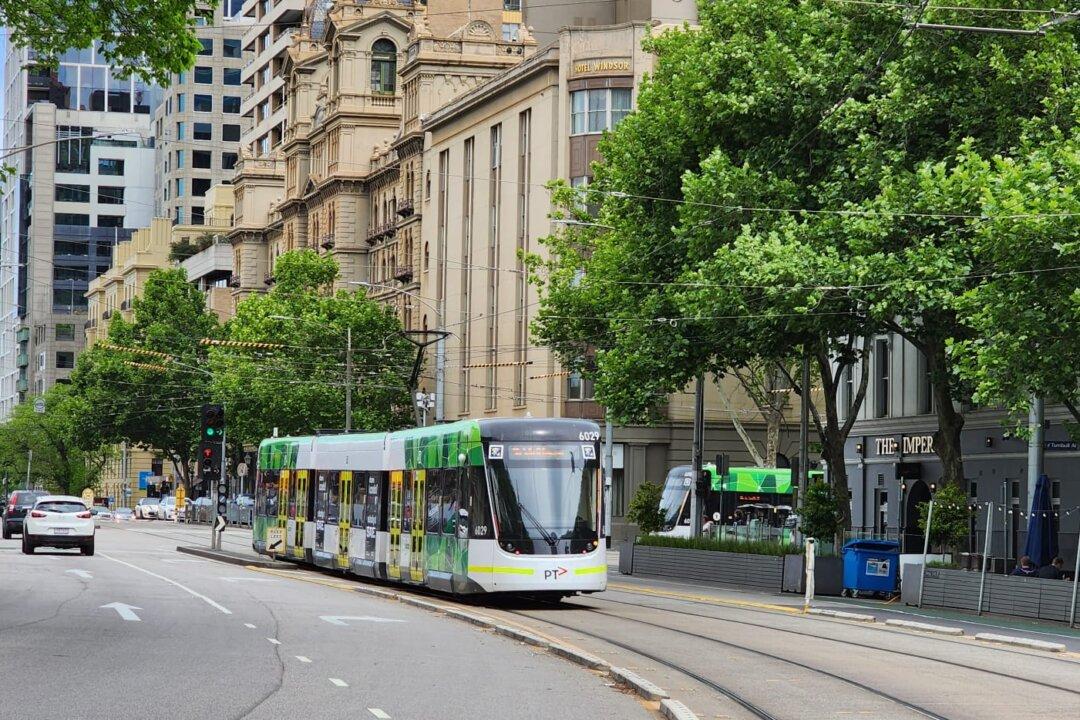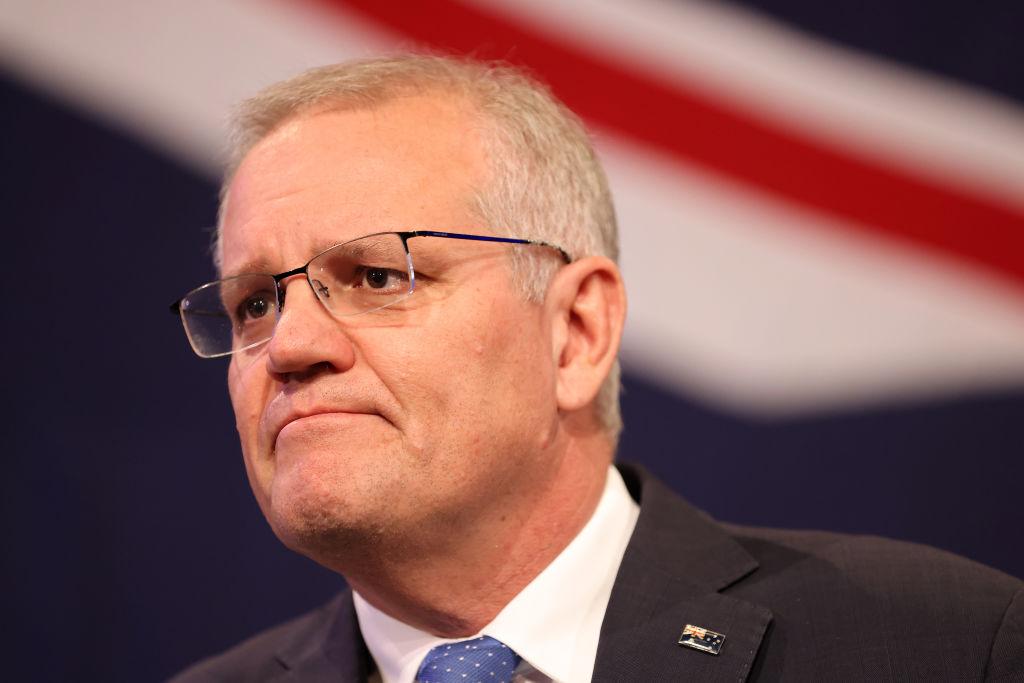Australia Post may be poised to replace retail banking services that are swiftly becoming scarce.
At a Senate inquiry on Dec. 1, Australia Post maintained its ambitions to fill the void left by the nation’s prominent commercial banks in providing retail services.





